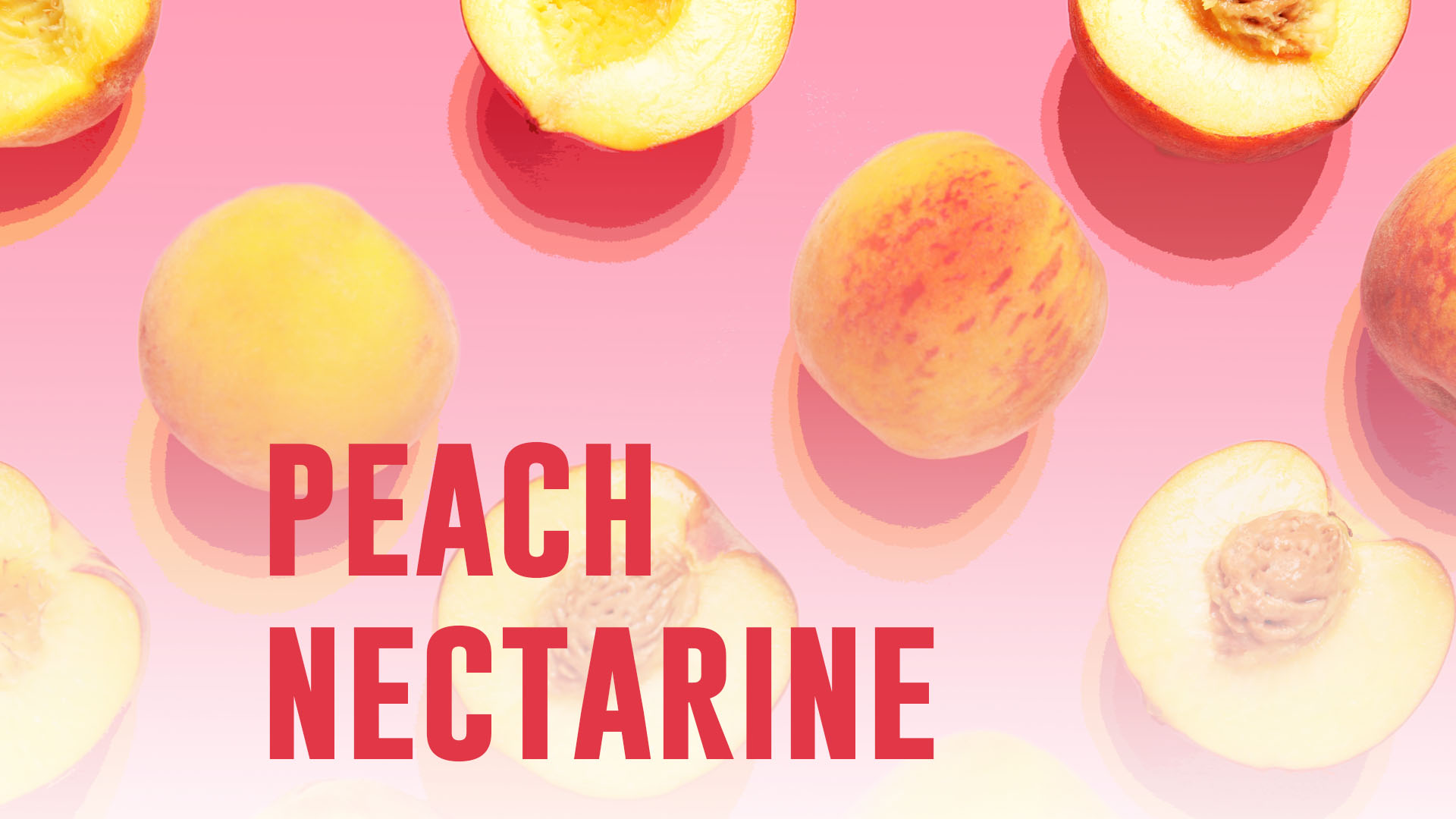
Peach processing
Peach is a widely appreciated fruit in the food processing industry, valued for its flavor, color, and versatility. Whether destined for juices, purées, diced products in syrup, or concentrates, peaches require careful handling and processing to preserve their natural qualities. Modern processing lines are designed to ensure product integrity, high yield, and consistent quality while meeting strict hygiene and food safety standards.
The Process
A peach processing line is designed to transform fresh peaches into a variety of finished products such as juices, purées, diced fruit in syrup, or concentrates. While the specific configuration may vary depending on the final product, most peach processing lines follow a similar sequence of key phases:
- Raw Fruit Reception and Washing
The process begins with the unloading of fresh peaches from bins or trucks. The fruit is conveyed to washing systems, which typically use water sprays, brushes, and flotation channels to remove soil, leaves, and other external debris. - Sorting and Selection
Once cleaned, the peaches are sorted to eliminate damaged or underripe fruit. This step can be manual or automated with optical sorting systems that detect defects, discoloration, or foreign matter. - Pitting and Peeling
Depending on the product type, peaches are pitted using mechanical systems. Peeling can be done through chemical lye baths, steam, or mechanical abrasion to remove the skin without damaging the pulp. - Cutting or Crushing
The pitted and peeled peaches are then either diced, sliced, or crushed. Diced or sliced peaches are typically destined for use in syrups or canned products, while crushed fruit is used for purées and juices. - Thermal Treatment
To ensure microbiological stability, the product undergoes thermal processing. This may include blanching (for diced peaches), pasteurization, or sterilization. Technologies such as tubular heat exchangers, hot-fill systems, or ohmic heating may be used to achieve this. - Enzymatic Inactivation and Refining (for purée and juice)
In purée and juice lines, enzymatic inactivation is carried out to preserve the product’s color and texture. The product may then be refined to remove fibers or unwanted solids, depending on the desired consistency. - Deaeration and Concentration (if required)
Air removal improves product stability and shelf life. For concentrated products, evaporation systems are used to reduce the water content while preserving flavor and nutrients. - Cooling and Aseptic Filling
The processed product is cooled to prevent overcooking or quality degradation, and then filled into sterile packaging such as aseptic bags, bottles, or drums.
Each phase in the line is designed to maintain high levels of hygiene, preserve the fruit’s natural qualities, and ensure compliance with food safety regulations.
An Example of Peach Processing: Peach Dices in Syrup
One of the most in-demand applications in the industry is the production of peach dices in syrup, intended for retail or use in desserts and bakery products.
In this case, peaches are carefully selected and washed, then pitted and peeled. Once cut into uniform dices, they undergo optical sorting to ensure product consistency and eliminate any foreign particles.
The dices are immersed in a sugary syrup and briefly blanched. The thermal treatment continues with sterilization through ohmic heating technology, which allows precise temperature control up to around 88 °C, ideal for preserving the fruit’s texture and color.
The product is then rapidly cooled and aseptically packed, ready for distribution or industrial recipes. This process ensures peach dices with a compact texture and natural appearance, without the need for additives or preservatives.

The Machinery
CFT offers complete and modular lines for peach processing, designed to ensure operational flexibility, energy efficiency, and maximum product quality.
Key technologies include:
- Receiving systems, conveyors, and washers for initial handling, washing, and sorting of raw fruit.
- Pitters and peelers to prepare the fruit before cutting.
- Dicers and slicers to obtain precise shapes according to the final application.
- Raytec Vision optical sorting systems for automatic selection based on color, shape, or defects.
- Ohmic sterilizers for fast, gentle, and effective thermal treatment, especially suitable for diced and semi-solid products.
- Zenith Chrono, a patented CFT system for the transformation of delicate fruit into puree or juice in a fully controlled and oxygen-free environment.
- Aseptic filling systems for high-efficiency packaging in various container formats.
Thanks to decades of experience in fruit processing, CFT supports its customers with tailor-made solutions, from line design to full plant commissioning, ensuring high yield, hygiene, and continuous production reliability.